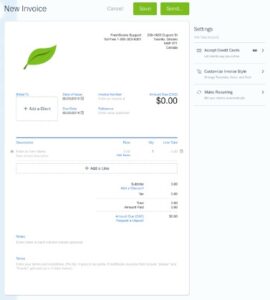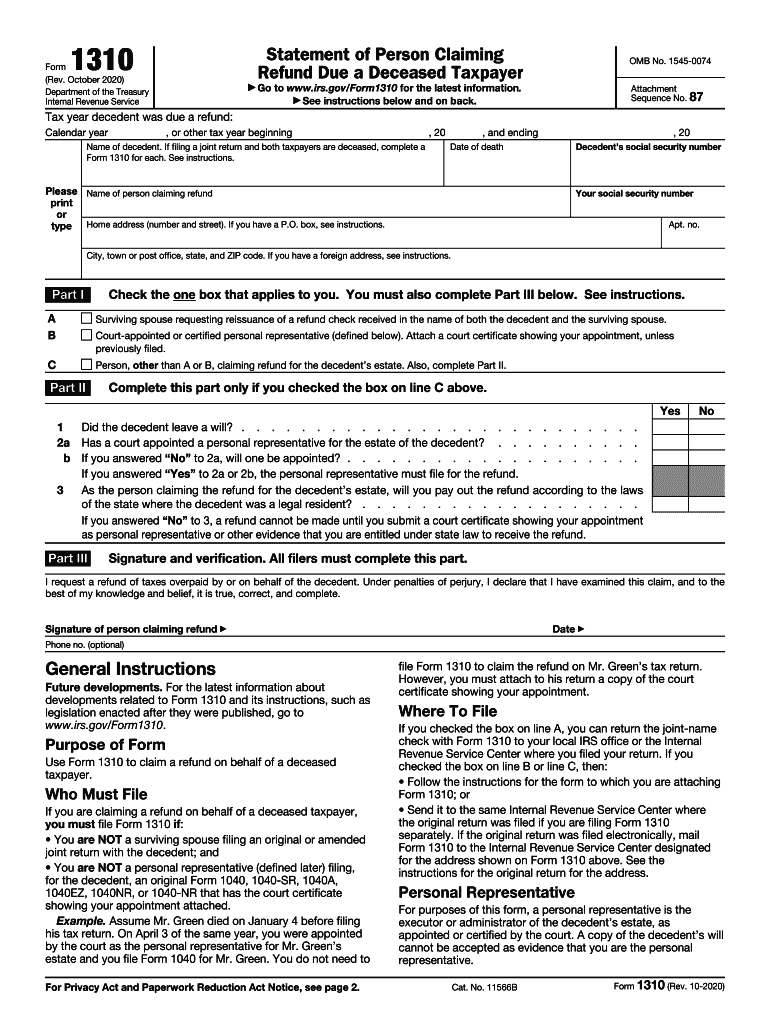Bookkeeping
FreshBooks vs Xero: Choosing accounting software 2025

FreshBooks’ reports may be more aesthetically pleasing and easier to navigate, but Xero’s include the level of detail needed to stay organized as your company grows. A Live Bookkeeper cannot begin cleaning up your past books until they receive the required supporting documentation, which your bookkeeper will request from you after your first meeting. Once your bookkeeper receives all the necessary documentation, they’ll typically complete your cleanup within 30 days. In some cases, your cleanup may take longer depending on timeliness of documentation and the complexity of your books.
Live Bookkeeping
FreshBooks is an accounting software program geared toward small businesses and independent contractors. In addition to standard double-entry accounting and report functions, FreshBooks specializes in generating invoices. this new ‘wave’ button is catching out facebook stalkers and it’s making them angry The ability to get paid on the go by converting an estimate and/or billable hours into an invoice makes FreshBooks a particularly appealing option for service-based businesses. QuickBooks Online has four pricing plans ranging from $35/month to $235/month.
Subscribe new Freshbooks clients to a Mailchimp list
- Plans start at $15 per month for up to 20 invoices, five bills, bank account reconciliation, receipt capture and short-term cash flow snapshots.
- FreshBooks is best for users needing a simple platform that they can use without a huge learning curve.
- Here, we break down the key differences in features, benefits, and pricing to help you choose the platform that best suits your business needs and budget.
- Overall, Xero is an efficient and cost-effective way for small businesses to manage finances.
This add-on is available for an additional charge and assigns a professional bookkeeper to manage your books. Since Xero no longer has built-in payroll, its tax support is limited only to sales tax. However, if you take advantage of this trial, you will not be able to receive a new user discount, so choose wisely. Jeff is a writer, founder, and small business expert that focuses on educating founders on the ins and outs of running their business. Rather than manually create an invoice every single time, FreshBooks pulls the necessary data from your contacts and creates a template for quick and easy processing. While it is automated, the user never loses the ability to control the process.
If you can’t justify the $99-per-month QuickBooks Online Plus plan, you won’t get inventory management, because QuickBooks Online’s lower-tier plans don’t come with it. This could be a real shortcoming for small online retail businesses, for instance, that need to keep track of their products should your nonprofit go for a government grant and the materials used to make them. All of Xero’s plans come with inventory management so business owners can track what’s in stock and which products are selling. If you need to give accounting access to more than five people, Xero could be the better option for you.
To know which might be right for your needs, check out our FreshBooks vs. Xero comparison. what are core business operations QuickBooks also offers Payroll, but this service is an additional fee starting at $45 to $125 per month. Hubdoc is included with all Xero plans, allowing you to capture, extract and store data from documents scanned using your smartphone. QuickBooks Online has always been a great option for small businesses. With the addition of the Advanced plan, QBO is a good choice for larger businesses, as well.

QuickBooks Online pros and cons at a glance
Xero is a business accounting software that is designed for small- to medium-sized businesses. Its basic plan is best suited for businesses with limited clientele, as there are only five allotted bills that you can enter. The Growing plan steps this up and allows more bills for larger businesses. Xero integrates seamlessly with Gusto payroll services for an additional $40 per month, making it easy to track how much employees are getting paid.
QuickBooks Online is an industry standard with more than 5 million users worldwide. If you count QuickBooks Desktop users, that number rises to 8 million. With more than 3 million users worldwide, Xero is popular but not as ubiquitous as QuickBooks Online. Both Xero and QuickBooks Online have their own versions of transaction tracking tags, but QuickBooks Online is the winner in this arena. Xero lets users create two active tracking categories, while QuickBooks Online allows users to create 40 in the Simple Start, Essentials and Plus plans. QuickBooks Online’s Advanced plan allows for unlimited tag groups.
QuickBooks Online’s most popular Plus plan tops out at five users; its highest-tier Advanced plan allows up to 25 users, but that plan is expensive at $235 per month. In contrast, all Xero plans offer unlimited users and its highest-tier Established plan is a more affordable $78 per month. Unlike FreshBooks, however, Xero does not charge for additional users to access the software. Through Xero, you can also integrate with HR software provider Gusto for $40 per month plus $6 per employee.
It has a simple interface and easy-to-use features that make it perfect for freelancers and small businesses. It also integrates with a number of other software programs, making it an excellent choice for businesses that need to track their finances in multiple ways. Due to its limited accounting features compared to Xero, FreshBooks doesn’t offer as many report options, and within its reports, customization is pretty sparse. Xero Growing is designed for growing businesses, offering everything in Early, plus bill management tools, additional invoicing, and bulk reconciling transactions. Just keep in mind that unlike the inventory feature in QuickBooks Online’s higher-tier plans, Xero doesn’t let users set up reorder points that flag when stock is running low. Xero, on the other hand, is best for small businesses that want to take the step up from tracking expenses in Excel.
